The Fermi Paradox is one of the most interesting questions in current science. Named after Enrico Fermi, a well known Italian physicist and it essentially is just a simple question – Where is everyone in our universe?

The first Great Filter we will take a look at in our series is the need for the right kind of star system. This is a pretty large topic and we will separate it into few smaller ones
The position of the star system
This might be a point most people will overlook, yet it is the very first thing we need to take a look at when considering whether life could evolve into a technological civilization. On the other hand, it’s probably the simplest thing to look at.
Lets start by talking about the galaxy. In general, there are 3 types of galaxies: Spiral, Elliptical and Irregular. Our own milky way is part of the first type and those are also the most common type of galaxies in the observable universe and most people know how they look because of that. Elliptical galaxies essentially look like a blob of stars clustered together and irregular galaxies just have random shapes and are most probably the result of a recent merging of two galaxies.
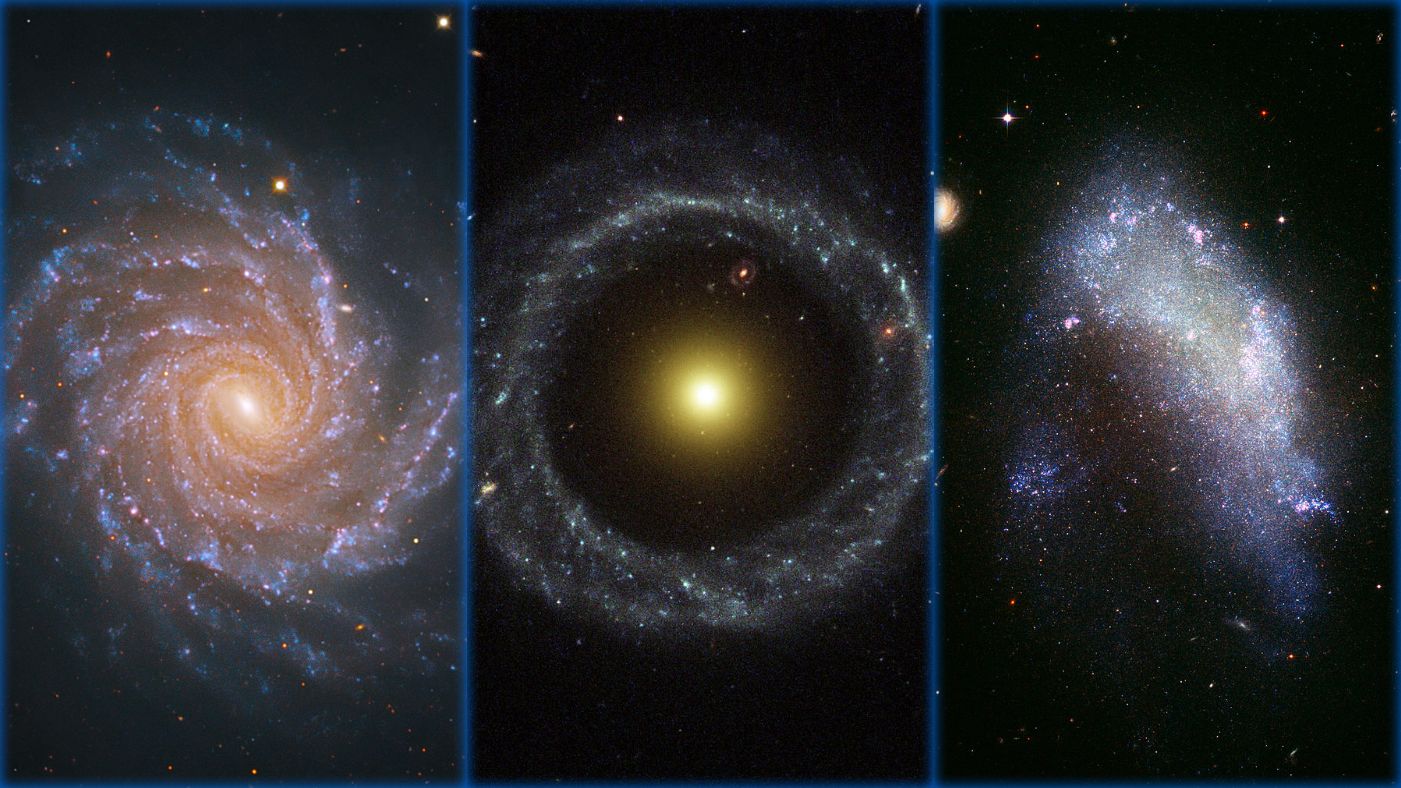
So where exactly does our ideal star system need to be? Well, it most likely cannot be too close to the galactic center as the amount of radiation and star density is just too high there. The star density will increase the amount of catastrophic events like Supernova explosions happening nearby and gamma ray burst to a degree making it very hard for life to even develop and the radiation is pretty much self explanatory. Also the nearby galactic supergiant black hole could potentially be dangerous, but that would be the case only for the star that are essentially at the very core of a galaxy.
The second extreme – planets at the very edge of a galaxy has its own problems. The metallicity of stars there is much lower (and to add, the metallicity of star doesn’t actually mean how much metal they have, but how much heavier elements then helium is has) that the formation of rocky planets becomes much harder, thus limiting the chance of life occurring.
The answer thus becomes: Somewhere in the middle of a galaxy. It doesn’t necessarily need to be exactly in the middle, but both the extremes – the core and the edge – bring many potential issues so it is likely that a civilization would arise decently far away from the galactic core, yet still close enough for the metallicity of the star to be high enough to create rocky planets.
Since the core of the Milky way has supposedly about a 100 times more stars for the same volume and the Sun is actually pretty close to about half way to the edge of the Milky way, we will estimate the chance of star system existing at the right position at about 1 in 100.
The right star
The second thing we need to look at is the type of star. This is again a fairly simple concept.
There are different types of stars and generally they can be classified into a few categories starting with two in which all the other categories lie in. Stars that are still burning fuel and dead stars. We don’t really need to consider the dead stars as those aren’t producing enough energy to sustain life in a form for which we are looking for.
Stars that are burning fuel are generally put into another 2 subcategories: Dwarfs and Giants. Similarly to not really caring about dead stars, giants aren’t really that suitable for the development of life. Both Red and Blue Giants tend to provide a habitable zone for a time that isn’t that long – Red giants for times ranging from a hundred millions of years (for planets at the orbit of roughly Mars) to a maximum of about 400 million years for a star with the mass of the Sun. And the times only get shorter as the star gets bigger. Blue giants tend to live even shorter times – for example a Blue Giant with a mass of 16 stars would only live around 10 million years and then very likely explode as a supernova.

So that leaves us with the Dwarf stars. These relatively small stars do luckily comprise the vast majority of all stars in the cosmos – about 98 % of all stars are considered to be some kind of a dwarf. Our sun is, for example, a yellow dwarf and apart from those are also red dwarves and we will start with them.
Red dwarves are the most common type of a star in the observable universe – about 75 % of all stars are red dwarves and they do bring benefits to the potential of life existing near them. The biggest being they are extremely long lived. Our sun will live a total lifespan of around 10 billion years before turning into a red giant but red dwarves will live trillions of years before turning into blue dwarves (BTW: No blue dwarves exist yet because our universe is still relatively young). On the other hand, they do also have potential issues. Because red dwarves are small stars their habitable zone is relatively close to them leading into an issue where planets that exist withing this zone would be likely tidally locked (meaning that the same side is always facing the star). This would lead to only a fraction of the planets surface being actually habitable. Another potential issue is the fact that red dwarves tend to be quite volatile – producing giant solar flares that would possibly make the development of life near them even harder.
Now we are left with the yellow dwarves – the same type of star our Sun is. These stars are also fairly common as about 22 % of all the stars fall into this category. These stars are just ideal. They tend to live long enough, are stable and their habitable zone allows planets to rotate allowing for the majority of the surface to be habitable.
So the answer is pretty obvious here, yellow dwarves are the ideal type of star, but we cannot just say that no life will ever develop around red dwarves either. And because both of these types of stars are fairly common we will say the chances here are about 1 in 3.
The position of the planets
The third thing we will take a look at is the so called habitable zone of a star. Since we already decided that life is most likely to develop around yellow and red dwarves we will look only at those.
I also feel compelled that this is where we start making assumptions.
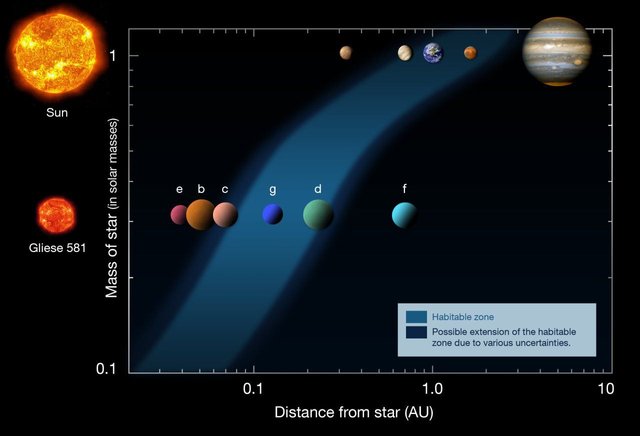
So we will star right away with an assumption. Let’s say that most star will likely have planets orbiting in at most at the distance of Neptune – which is about 30 AU (30 times further away from the Sun then Earth) or to a degree that is proportional to the stars mass. So a star with a mass of 1.5 Suns would have a maximum star system size of roughly 45 AU and a star of 0.2 mass of the Sun would have a maximum star system size of roughly 6 AU. I don’t think this assumption is that far fetched, though it might just be completely wrong.
Now let’s get back into bit more of a scientific approach. The size of the habitable zone is something we can fairly easily calculate because we know the rough temperatures for a star based on its mass and I have used the tool the University of Nebraska-Lincoln has publicly available HERE The habitable zone tends to be somewhere between 0.5 % for smaller stars like the red dwarves and 1.2 % for bigger stars of the star systems total size. So we will take the average of these two numbers – 0.85 % and add a bit to it because we assume life is more likely to develop near yellow dwarves, rounding it to a neat 1 % chance or 1 in 100.
The right planet
And we’ve come to the last thing we will look at today. The planet. Generally planets are divided into two basic categories. Rocky planets and gas giants. Because of the fact that we are looking for carbon based life we can completely forget about gas giants, those just don’t satisfy our needs. Rocky planets on the other hand do, but they still need to satisfy quite a lot of criteria.
And again, here we will be making assumptions.
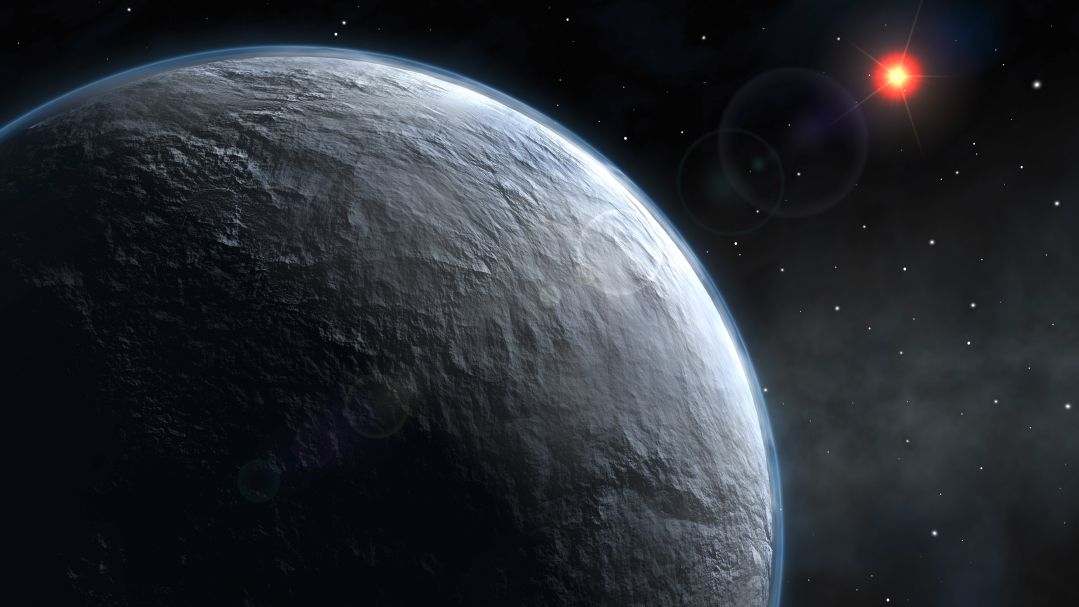
We will start with the most obvious one – the size. Small rocky planets do have one big issue almost completely disqualifying them from being candidates on our list – their gravity is too low to hold on to their atmosphere.
Super large rocky planets, also called SuperEarths, are certainly more interesting. They have a bigger mass, allowing the planets to hold on to an atmosphere and they should be cooling off relatively slowly, allowing for an existence of a liquid metal core which subsequently leads to a powerful magnetic field protecting the planet from radiation. On the other hand, they make it much harder for a potential technological civilization to get into space where they would be detectable by our current technology. Why? Because the gravity is that much larger making the escape velocity bigger as well – remember, we are not only looking for planets where life might exist, but also for places where technological civilizations we might be able to detect might exist.
So we are looking for planets that are roughly the size of Earth, because we know the mass of Earth allows to hold the atmosphere, to have a liquid core and to get off the planet’s surface into space.
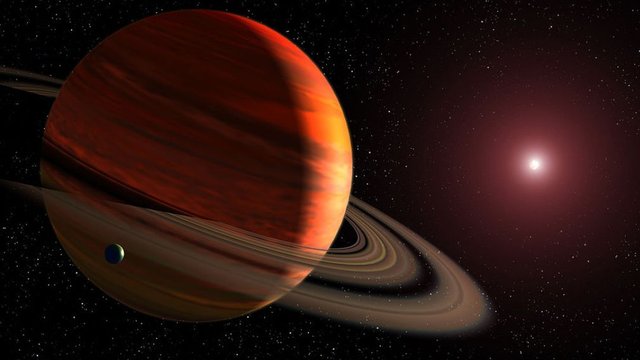
So far we have identified more then 2 300 exoplanets (planets outside of the solar system) of which roughly 30 have been identified as roughly Earth size existing in the habitable zone. That’s about 1.3 %, but we also haven’t been really able to detect smaller planets in large quantities so can reasonably assume that those would decrease the percentage even further. So let’s again round it up to a nice 1 % making the chance again 1:100
So what have we learned today? The individual chances of each of the filters are pretty good considering the sheer amounts of stars and planets existing in our galaxy or even in the all of the observable universe. But if you go a step further, adding the probabilities together we will arrive at a very different number – 1 in 3 000 000. But luckily, this number is still fairly high when considering that just in our galaxy there is somewhere between 100 billion to 400 billion stars and most of these should also have planets near them. We can see that this alone doesn’t work a solution for the Fermi Paradox and that’s why we need to keep looking further.
If not stated otherwise, the images used come from Wikimedia Commons
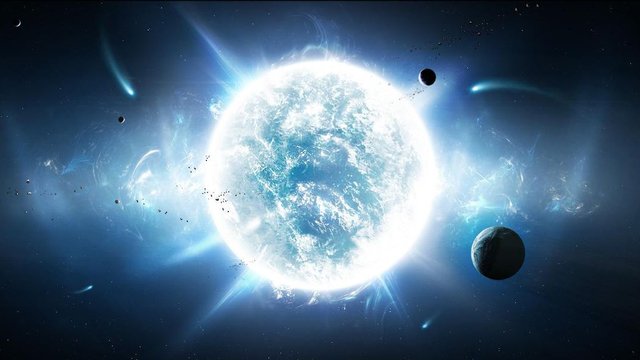
This post received a 3.3% upvote from @randowhale thanks to @kralizec! For more information, click here!
Downvoting a post can decrease pending rewards and make it less visible. Common reasons:
Submit
WOW..!!! Great post man... !!!!
Thanks for sharing it...!!!
upvoted and followed...!!!!
Downvoting a post can decrease pending rewards and make it less visible. Common reasons:
Submit
This post has received a 19.28 % upvote from @booster thanks to: @kralizec.
Downvoting a post can decrease pending rewards and make it less visible. Common reasons:
Submit
Hi @kralizec, here is the official nomination:
This gem of a post was discovered by the OCD Team!
Reply to this comment if you accept, and are willing to let us share your gem of a post! By accepting this, you have a chance to receive extra rewards and one of your photos in this article may be used in our compilation post!
You can follow @ocd – learn more about the project and see other Gems! We strive for transparency.
Let me know if you have any questions on the project or nomination. Hope to hear from you soon! Steem On!
Regards,
@cem
Downvoting a post can decrease pending rewards and make it less visible. Common reasons:
Submit
of course man ;)
Downvoting a post can decrease pending rewards and make it less visible. Common reasons:
Submit
I believe that life is a paradox. Too many constituents take place in order for it to exist. I don't believe approximation to a star can allow life to spring. I think in this regard science still makes way too many assumptions when there is no evidence of anything being alive anywhere but earth.
Downvoting a post can decrease pending rewards and make it less visible. Common reasons:
Submit
What an amazing looking post ! I shall I am sure, enjoy reading this one quietly when i get home )) Nice @kralizec !! Steem On !
Downvoting a post can decrease pending rewards and make it less visible. Common reasons:
Submit